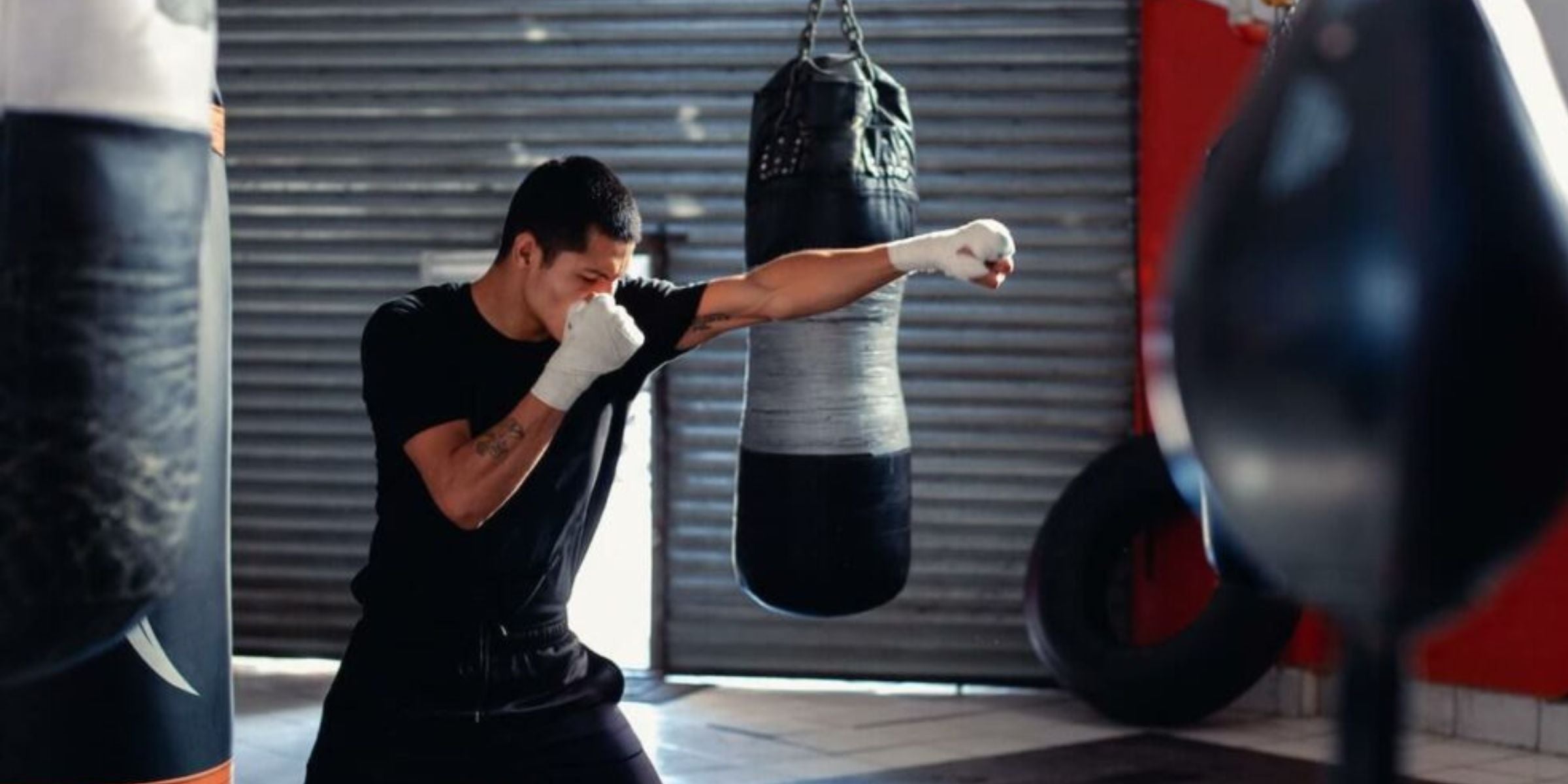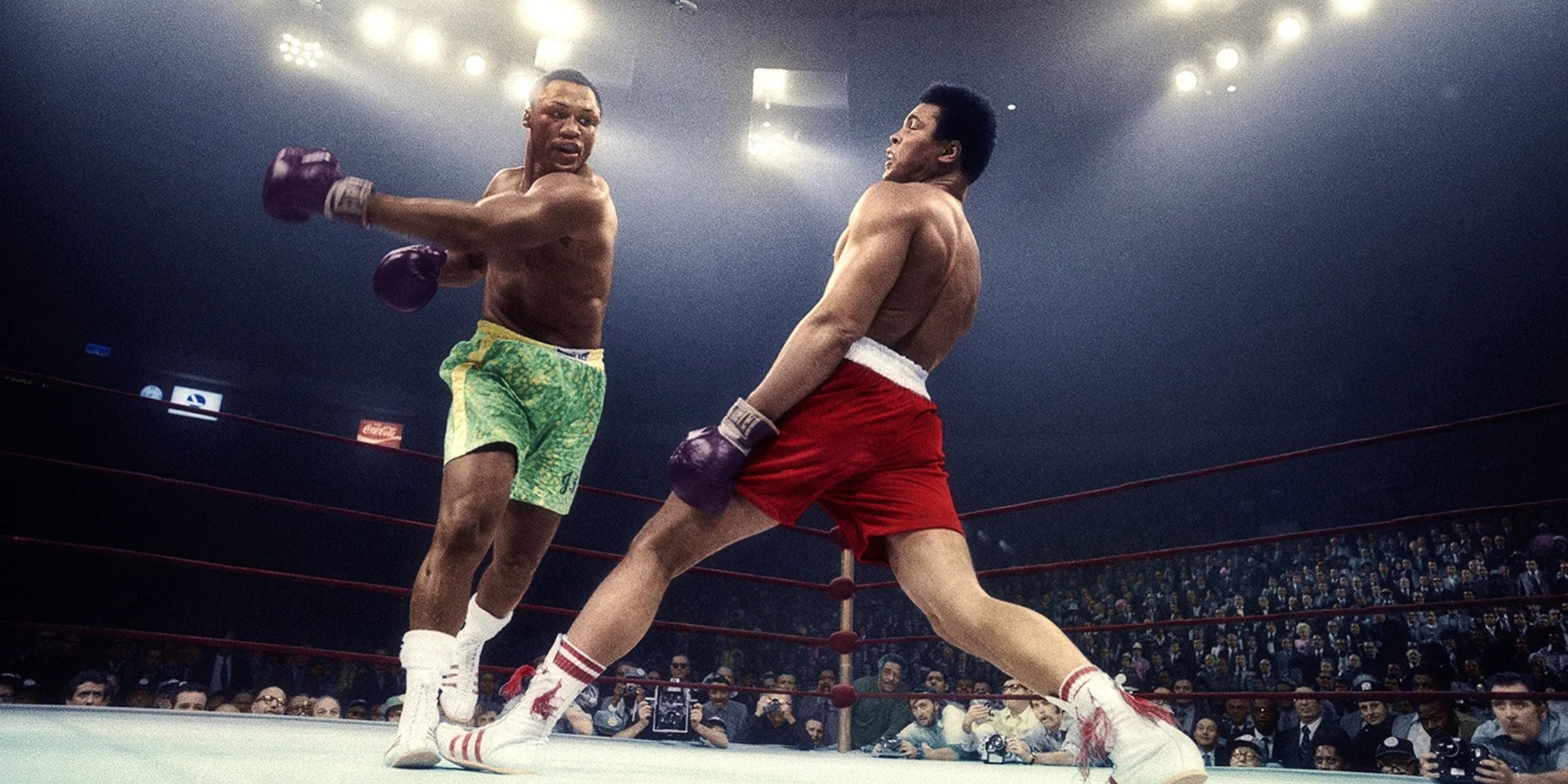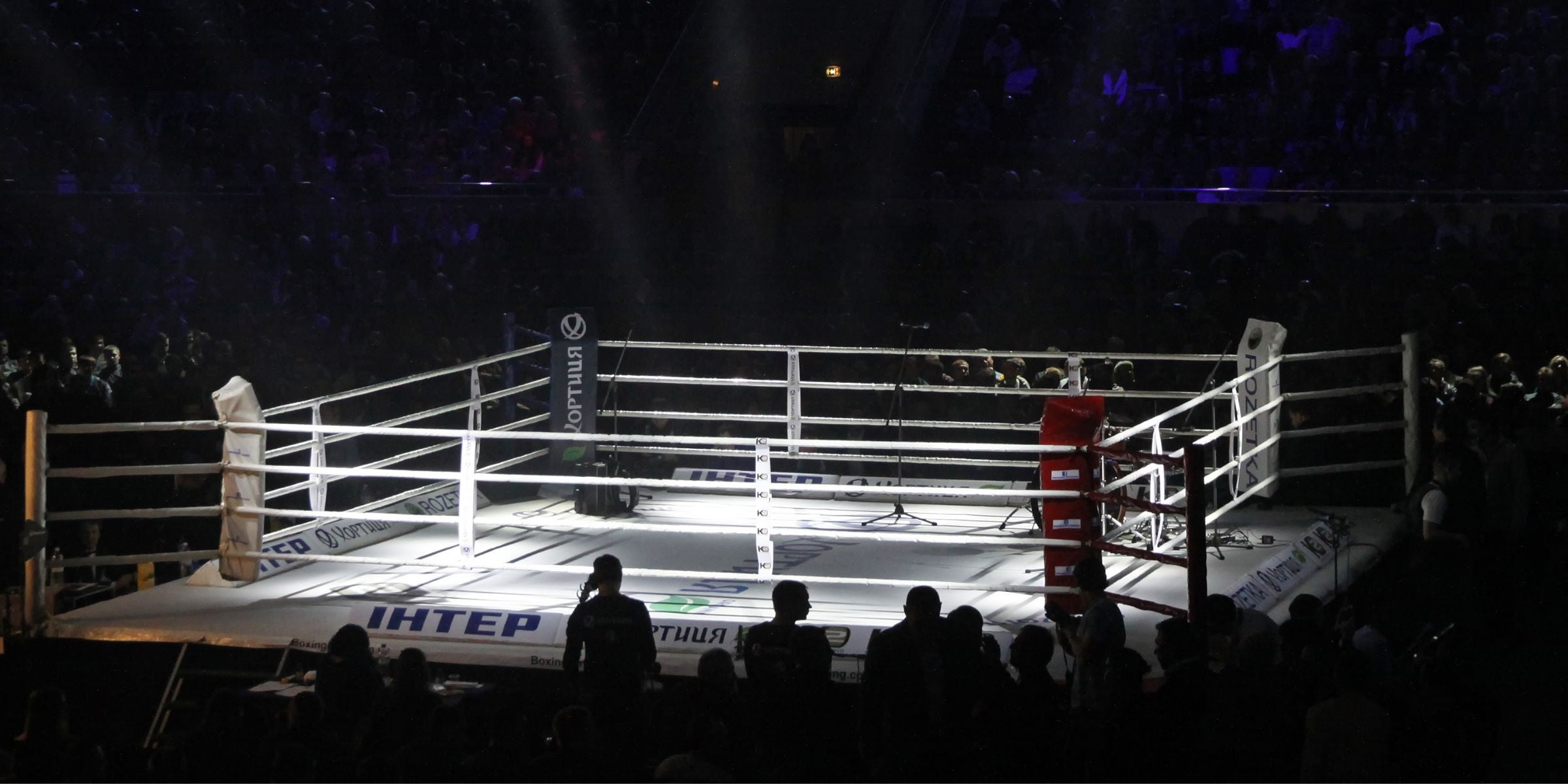
How Boxing Became the Sweet Science: The Evolution of Strategy and Technique
Boxing is a battle of wills, but it's also a chess match with gloves.
In the dimly lit arenas of the 18th century, boxing was a brute’s game. Two men stood toe-to-toe, throwing haymakers until one collapsed. No gloves, no rules—just raw power. Fast forward to today, and boxing has become an intricate, tactical sport. It’s no longer just about brute strength; it’s about finesse, precision, and strategy.
But how did we get here? How did boxing evolve from wild, bare-knuckle brawls into the calculated, cerebral contest that earned it the nickname "The Sweet Science"?
Let’s step into the ring of history and break down the transformation of boxing into the artful yet ruthless sport it is today.
1. From Bare-Knuckle Chaos to Gloved Warfare
Early boxing was a dangerous, lawless brawl. Fighters squared up in open-air arenas, often battling for hours with little protection. The lack of rules led to some brutal tactics—headbutting, wrestling, even eye gouging.
It wasn’t until the Marquess of Queensberry Rules were introduced in 1867 that boxing started taking shape as a structured sport. These rules mandated gloves, rounds, and outlawed wrestling, transforming boxing from a savage melee into a disciplined contest.
The shift wasn’t just about safety—it was about skill. Fighters had to think beyond raw aggression and develop real techniques to win within the new framework. This marked the beginning of boxing’s intellectual transformation.
2. The Rise of Defensive Mastery
As gloves became standard and rounds were introduced, fighters could no longer rely solely on aggression. Defense became as important as offense.
One of the first to revolutionize defensive tactics was James J. Corbett, also known as "Gentleman Jim." In the late 19th century, Corbett showcased an elusive, scientific style, emphasizing footwork and head movement over sheer power. His victory over the relentless John L. Sullivan in 1892 was a turning point. Corbett didn’t just fight—he out-thought his opponent.
This era saw the birth of counter-punching, feints, and controlled pacing. Fighters began to realize that patience and strategy could dismantle even the most ferocious brawlers.
3. The Golden Age: When Science Met Showmanship
The 1920s to the 1960s are often considered boxing’s golden age, where technique and charisma merged to create legendary figures. Fighters like Sugar Ray Robinson, often regarded as the greatest pound-for-pound boxer, displayed a balance of power, speed, and intelligence that redefined the sport.
Robinson was a pioneer of combination punching. Instead of throwing one power shot at a time, he strung together sequences that overwhelmed his opponents. He danced around the ring, attacking from angles, making boxing look more like an art form than a street fight.
During this period, boxing strategy became deeply nuanced. Fighters studied film, analyzed opponents, and honed their footwork. Trainers like Cus D’Amato developed styles that emphasized counter-punching and defensive fluidity—elements that would later define fighters like Mike Tyson.
4. The Science of Stamina and Strategy
As boxing continued to evolve, conditioning and ring IQ became paramount. The days of standing still and trading blows were over. The best fighters were now master tacticians.
Muhammad Ali epitomized this evolution. He introduced psychological warfare, famously taunting opponents to break them mentally before they even stepped in the ring. His “rope-a-dope” strategy against George Foreman in the 1974 "Rumble in the Jungle" proved that intelligence could outlast raw power. Ali let Foreman punch himself out, conserving energy before delivering the finishing blow.
Boxers began to use every aspect of science—nutrition, endurance training, and even biomechanics—to gain an edge. Fighters weren’t just warriors; they were students of the game.
5. Modern Boxing: A Symphony of Skill
Today, boxing is an intricate blend of old-school fundamentals and cutting-edge training methods. Fighters like Floyd Mayweather Jr. have pushed the concept of defense to new heights. Mayweather’s “shoulder roll” technique makes him nearly untouchable, frustrating opponents into mistakes.
Advancements in sports science have fine-tuned fighters’ abilities, allowing them to optimize everything from reaction time to recovery. Analytics, slow-motion video breakdowns, and even AI are now being used to refine strategy.
The sport has come a long way from its bare-knuckle roots. It’s no longer just about who can punch the hardest—it’s about who can think the fastest, adapt the quickest, and execute with precision.
Boxing is called the "Sweet Science" because it’s a game of split-second decisions, where intellect meets instinct. The sport has transformed from a bloodied battleground into a sophisticated chess match, where strategy, skill, and science reign supreme.
So the next time you watch a fight, look beyond the punches. Notice the feints, the angles, the setups. What you're witnessing isn't just a fight—it's a masterpiece in motion.





